
Amy Paller, MD, pediatric dermatologist and clinical researcher at Northwestern Medicine's Feinberg School of Medicine, discussed the potential impact of reducing immunoglobulin E (IgE) levels in pediatric patients with atopic dermatitis.

Amy Paller, MD, pediatric dermatologist and clinical researcher at Northwestern Medicine's Feinberg School of Medicine, discussed the potential impact of reducing immunoglobulin E (IgE) levels in pediatric patients with atopic dermatitis.
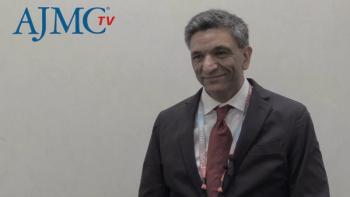
Vivek Bhalla, MD, Stanford, calls for greater awareness and implementation of existing screening guidelines to help identify patients who may benefit from more targeted, disease-specific interventions for hypertension in the setting of primary aldosteronism.

There are key steps to take that can ensure equitable access to pegcetacoplan, explained Carla Nester, MD, MSA, FASN, who also highlighted remaining questions on long-term outcomes, safety, and pediatric use.
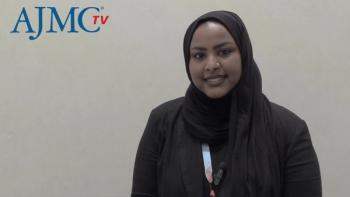
Rayan Salih, MD, a third-year internal medicine resident with the Northeast Georgia Health System, who hopes to specialize in cardiology, presented the poster, “Double Trouble: Pregnancy Challenges in Heart Failure With Preserved Ejection Fraction and Cardiac Amyloidosis.”
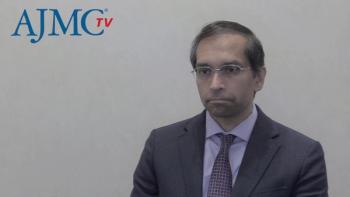
Compared with previous surgical iterations of the procedure, explains Deepak L. Bhatt, MD, MPH, MBA, FACC, FAHA, FESC, MSCAI, Mount Sinai Fuster Heart Hospital, newer and FDA-approved catheter-based approaches are beneficial and safe.

Varsha Tanguturi, MD, cardiologist and DETECT AS investigator, presented new data on how the findings she and her colleagues saw indicate almost universal increases in rates of aortic valve replacement in patients with severe aortic stenosis (AS), across both provider and patient groups.
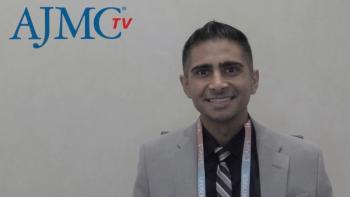
Khush Kharidia, MD, a third-year internal medicine resident at UT Southwestern, presented the oral abstract, “Evaluating the Quality, Accuracy and Health Impact of Cholesterol-Related Content on TikTok: A Social Media Analysis,” at ASPC 2025 Congress on CVD Prevention.

Alexandra M. Trevino, MD, of Northwestern Medicine presented the oral abstract, "Trends in New-Onset Hypertensive Disorders of Pregnancy Among US Adults by Place of Birth and Hispanic Ethnic Origin Group," on day 1 of the ASPC Congress on CVD Prevention.

The investigators discuss key factors driving persistent ovarian cancer mortality disparities by age, race, and geography, and propose targeted public health and clinical interventions to address them.

As rates of childhood obesity rise, clinicians call for increased data collection to support insurance coverage and safe use of glucagon-like peptide 1 (GLP-1) medications in children under 12 years.

In this first part of an interview with The American Journal of Managed Care®, Julia Rotow, MD, thoracic oncologist at Dana-Farber Cancer Institute, discusses the critical need to test for biomarkers to afford patients the chance to benefit from recent treatment advances.

Proper placement, device understanding, and ongoing support are key to helping children and adolescents with diabetes benefit from continuous glucose monitors (CGMs), explained Marry Vuong, PharmD, BCPPS, of Perfecting Peds.

The decline in ovarian cancer mortality rates after 2003 can be attributed to advances in treatment, precision medicine, improved preventive strategies, and a reduced disease incidence, according to Muhammad Faizan, MBBS.

With inflammation being the cause of dry eye in many cases, future treatment will likely target this aspect of dry eye.

Individuals with mental illness in America continue to face socioeconomic barriers when it comes to accessing necessary care and treatment.

Following the FDA approval of linvoseltamab (Lynozyfic; Regeneron) for heavily pretreated multiple myeloma, Sundar Jagannath, MBBS, highlights its potential for earlier use, increased accessibility, and greater competition in the B-cell maturation antigen (BCMA) bispecific antibody space.

Noting the profound impact of living with a chronic condition that constantly reminds patients of their "patient" status, Andrew Kuykendall, MD, Moffitt Cancer Center, emphasizes the importance of therapies that can offer a sense of normalcy.

The newly FDA-approved linvoseltamab (Lynozyfic; Regeneron) may improve access to multiple myeloma treatment by offering an off-the-shelf, outpatient option that can be administered in community settings, according to Sundar Jagannath, MBBS.
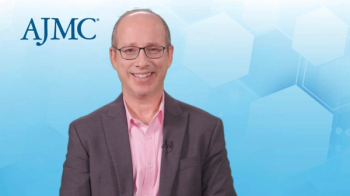
Hadar Avihai Lev-Tov, MD, advocates for a holistic approach to wound care, emphasizing that chronic ulcers often signal underlying systemic health issues requiring a comprehensive patient assessment to achieve effective and potentially life-saving treatment.

Michael McGuire, PharmD, reviewed Mental Health America’s recent publication on the current state of mental health in America and addressed socioeconomic barriers in access to care.
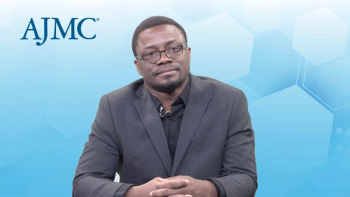
Ayodeji Adegunsoye, MD, PhD, MSc, highlights how the underrepresentation of minority populations in pulmonary fibrosis genetic studies hinders accurate disease risk prediction and broader clinical translation.

David J. Maron, MD, FASPC, president-elect of the American Society for Preventive Cardiology (ASPC), previews hot topics of interest at this year's congress and how lessons he has learned from current ASPC president Michael Shapiro, DO, FASPC, will shape his presidency set to commence next year.

Hadar Avihai Lev-Tov, MD, asserts that advancements in teledermatology and artificial intelligence (AI)–powered diagnostic tools are crucial for improving health care efficiency and patient access within managed care.
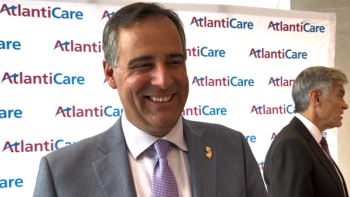
Some hospitals in New Jersey may be eligible for part of the $50 billion CMS spending on rural health care, according to State Sen Vincent Polistina (R, New Jersey).

At the 2025 Society for Pediatric Dermatology conference, Karen Vo, DO, presented research analyzing popular TikTok videos about epidermolysis bullosa, highlighting the platform’s power in raising awareness through emotional storytelling, and used her findings to advocate for early school-based mental health support and stronger, more inclusive antibullying policies for children with chronic skin conditions.
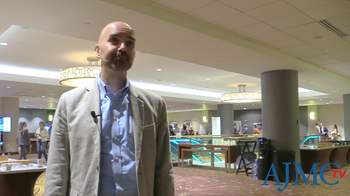
Cory Simpson, MD, PhD, assistant professor of dermatology at the University of Washington, spoke to the need for more treatment options in genetic skin conditions and the possibility of drug repurposing.
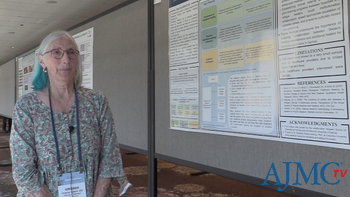
Virginia Sybert, MD, clinical professor of medical genetics at the University of Washington, discussed what dermatologists should know about molecular testing in clinical practice.

Pediatric hidradenitis suppurativa faces diagnostic delays and stigma, while adalimumab shows superior drug survival compared with infliximab in children.

A review highlights the need for better research on pediatric segmental vitiligo treatments, as current options show mixed results, and at SPD 2025, Hira Ghani, DO, emphasized the importance of recognizing often-overlooked skin conditions in children.

Making sure that glands around the eyes are not blocked by poor hygiene is a vital step in mitigating symptoms of dry eye.

259 Prospect Plains Rd, Bldg H
Cranbury, NJ 08512
© 2025 MJH Life Sciences®
All rights reserved.
